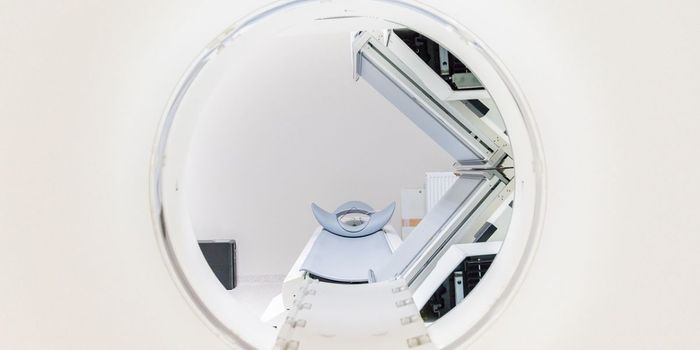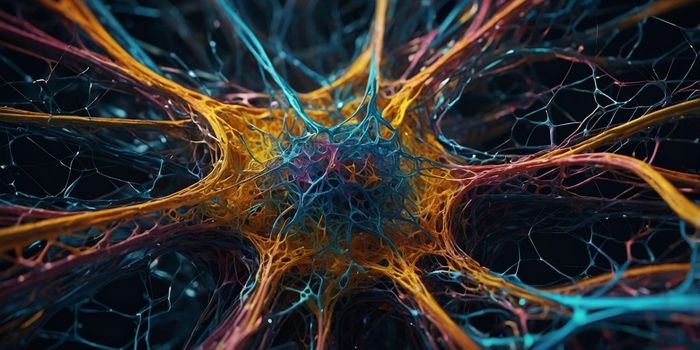Celiac disease is an autoimmune disorder that is directly related to a misdirected immune response to gluten, a protein found in products containing wheat, rye, barley, and triticale. When the body’s immune cells target consumed gluten, an inflammatory reaction ensues that wreaks havoc on the digestive system’s ability to absorb nutrients from food. So far, the only way for someone with celiac disease to avoid unwanted inflammation is to completely remove gluten from their diet. Scientists are still trying to determine what genetic mutations are at the root of celiac disease causation.
If wheat, rye, barley, and triticale are the paper, then gluten is the glue. Gluten proteins act as binding agents to keep foods like bread, pasta, and cereal intact (
Celiac Disease Foundation). Celiac disease is very rare, affecting only 1 in 100 people worldwide, yet over 40 percent of the world’s population are known to have polymorphisms related to celiac disease. Scientists around the world, like those from the University of the Basque Country and Columbia University with a new study published in
Science, study the genetic explanations behind this seemingly fickle hereditary disease.
The current study revolves around a single risk factor found in the “junk” DNA: the genetic material that makes up a whopping 95 percent of all DNA. These genes do not code for proteins; rather, they are involved in regulating the immune response.
Study leader Ainara Castellanos, PhD, and her team of researchers identified a long, noncoding RNA called lnc13 as an important player in the expression of pro-inflammatory genes. Inflammation is not always the antagonist; in fact, this innate immune response is extremely vital to the beginning of attacks on invading pathogens. However, when genes activating this process go awry, excessive inflammation can be quite detrimental to human health.
Either decreased expression of lnc13 or expression of a mutated version of the long noncoding RNA is known to occur in cases of celiac disease. Both of these cases lead to an abnormal, increased expression of pro-inflammatory genes that lead to the trademark immune response to ingested gluten characteristic of celiac disease.
Although scientists acknowledge that it is not just a single gene that causes celiac disease, they are hopeful that further studies on lnc13 could lead to advancements in understanding the pathology of all autoimmune diseases, not just celiac disease. Additionally, understanding the role of lnc13 in the timeline of celiac disease onset and progression could lead to the development of a new tool for celiac disease diagnostics.
"What we have here is a complex genetic disease in which many polymorphisms play a role, each making a very small contribution to its development," Castellanos said.
Source:
University of the Basque Country









